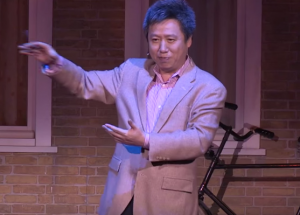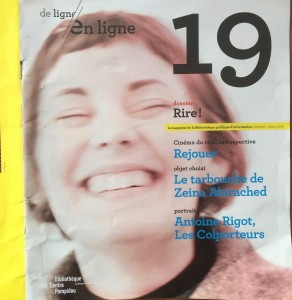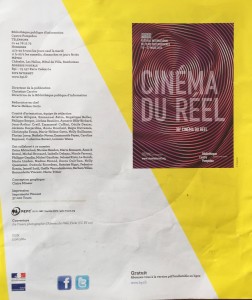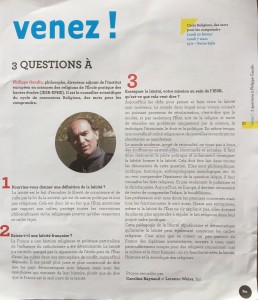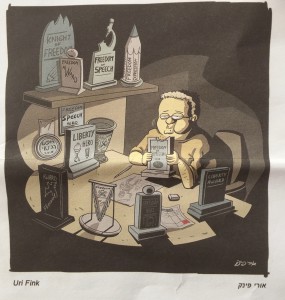1. On educating each child according to his/her individual path: (can be applied through differentiated learning, focusing on nurturing the specific potential of each student:
-Proverbs -משלי כב:ו
“חֲנֹךְ לַנַּעַר עַל פִּי דַרְכּוֹ גַּם כִּי יַזְקִין לֹא יָסוּר מִמֶּנָּה”
“Educate each child according to his way, even when he gets old, he will not swerve away from it.”
On learning from one’s students:
(The mark of a teacher who listens to his/her students, respects them for what they have to offer in the learning process, is humble and broad-minded)
-Talmud. Taanit -בגמרא במסכת תענית דף ז
אמר רבי חנניה הרבה למדתי מרבותי”
“ומחברי יותר מרבותי, ומתלמידי יותר מכולם
“Rabbi Chanina said: I have leaned much from my teachers, and I have learned more from my friends than from my teachers, but I have learned more from my students than from anyone else.”
On engaging students’ interests and passion
-Talmud, Avoda Zara -בבלי, עבודה זרה יט, ע”א
“אין אדם למד תורה, אלא ממקום שלבו חפץ”
“A person can learn Torah only from a place where his heart desires it.”
On believing in each child’s unique potential to achieve greatness and shine his/her individual light:
-Rav Kook
”צריך שכל איש ידע ויבין, שבתוך תוכו דולק נר
ואין נרו שלו כנר חברו
ואין איש שאין לו נר
וצריך שכל איש ידע ויבין, שעליו לעמול ולגלות
את אור הנר ברבים
ולהדליקו לאבוקה גדולה ולהאיר את העולם כולו”
“Every person should know and understand that within him, a candle is lit. And his candle is not like his fellow’s candle. And there is nobody who does not have his own candle. And every person should know and understand that it is up to him to strive and reveal the light of the candle to others, and to light it up in a bright glow until it illuminates the entire world.”
On the power that words hold, to hurt and destroy or to uplift and heal. On the responsibility of teachers to choose their words carefully and on the power they yield to shatter or to build:
-Proverbs -משלי יב, יח
“יש בוטה כמדקרות חרב, ולשון חכמים מרפא “
“There is one who speaks like the piercing of the sword, and the tongue of the wise one heals.”
